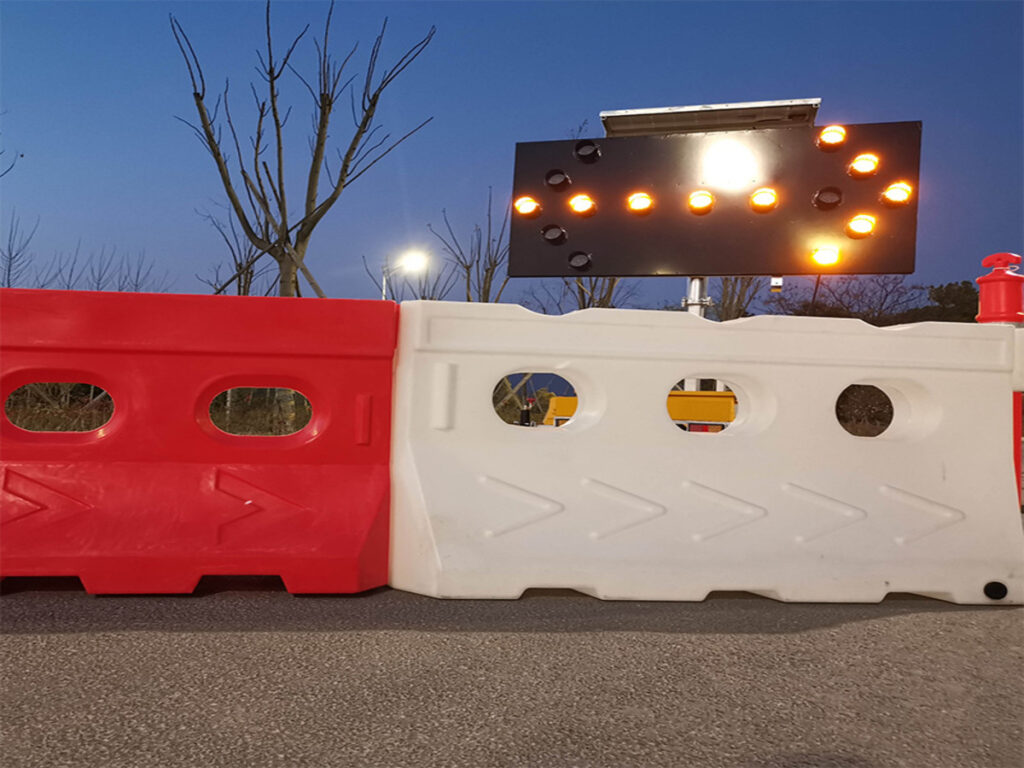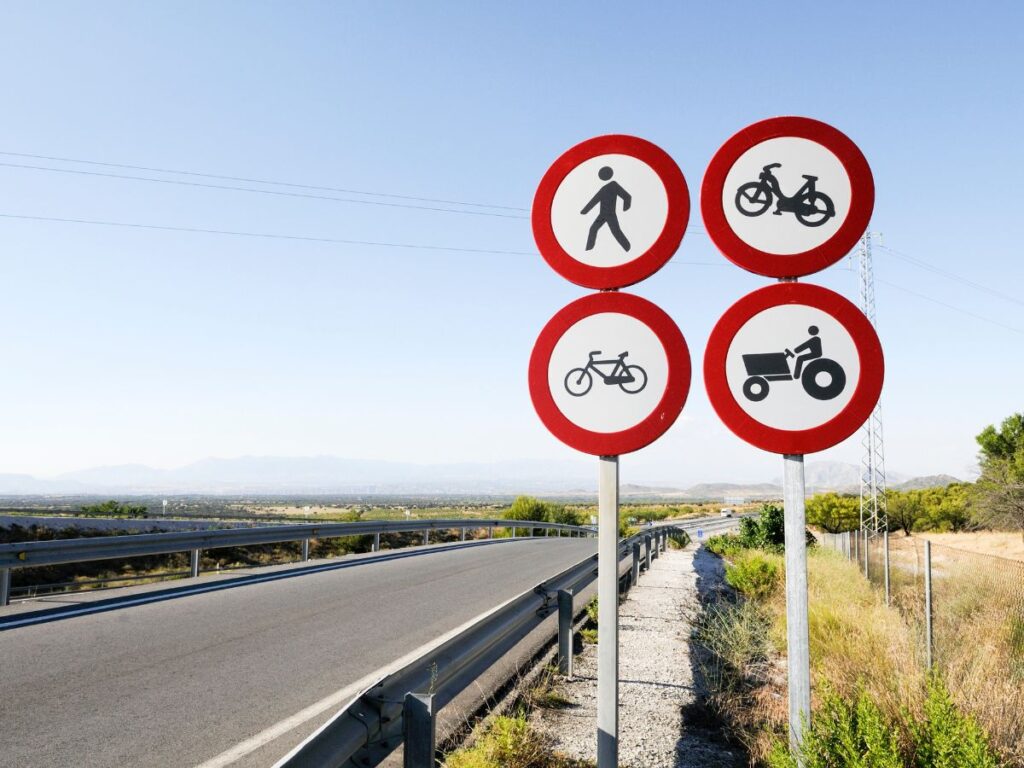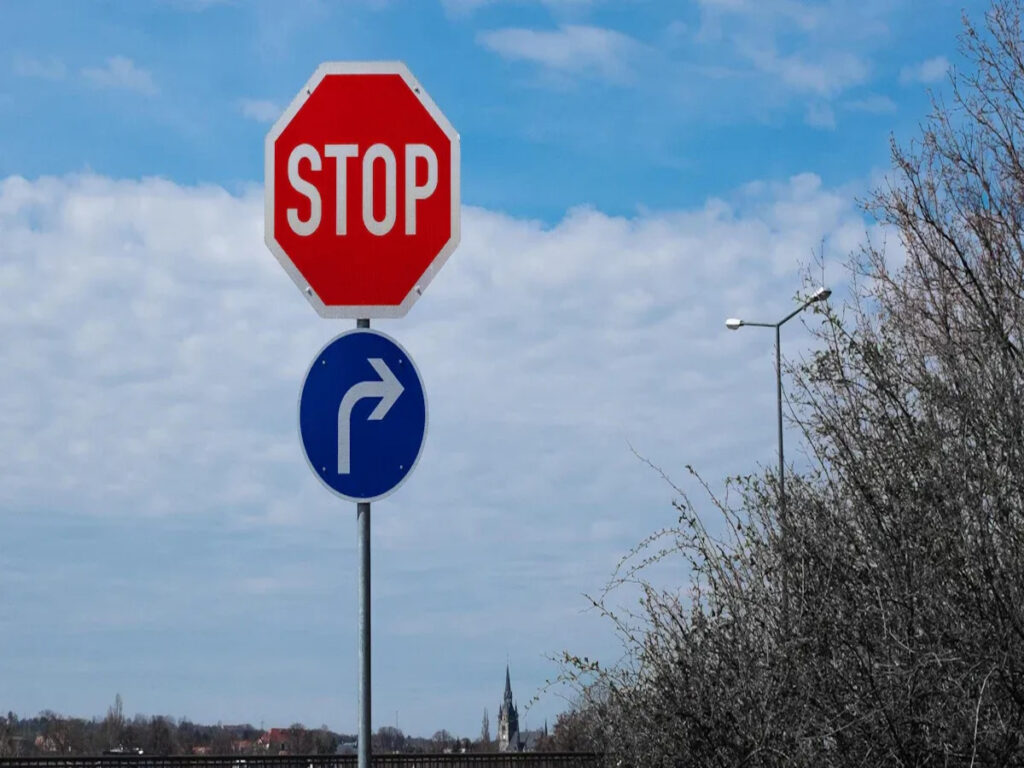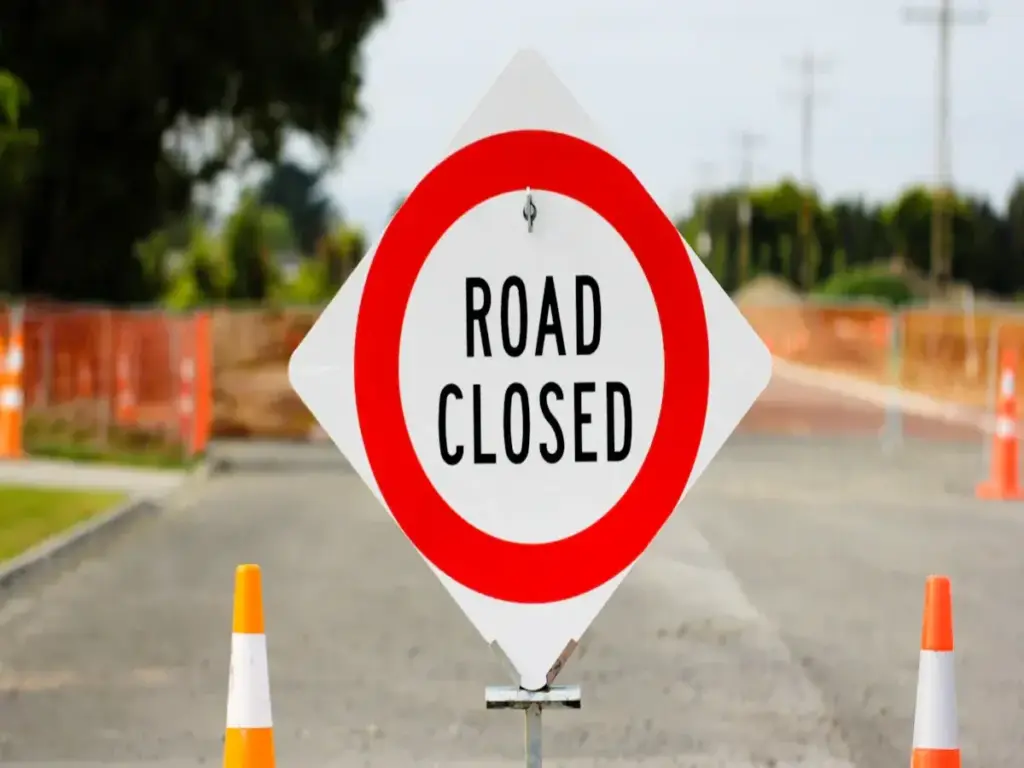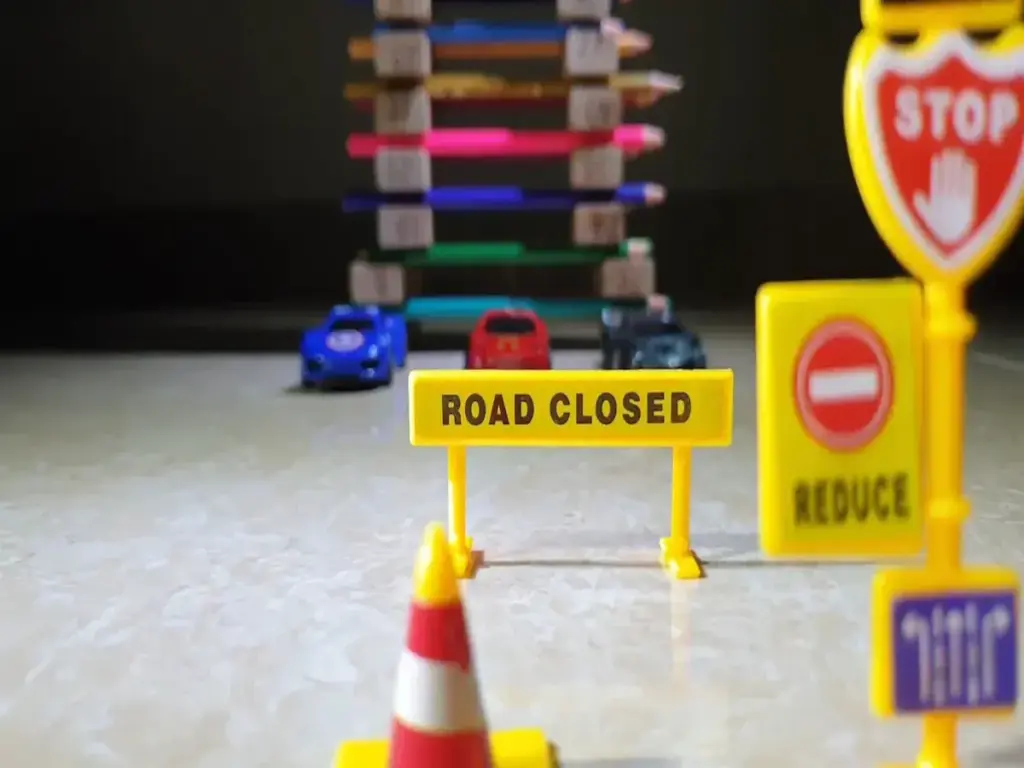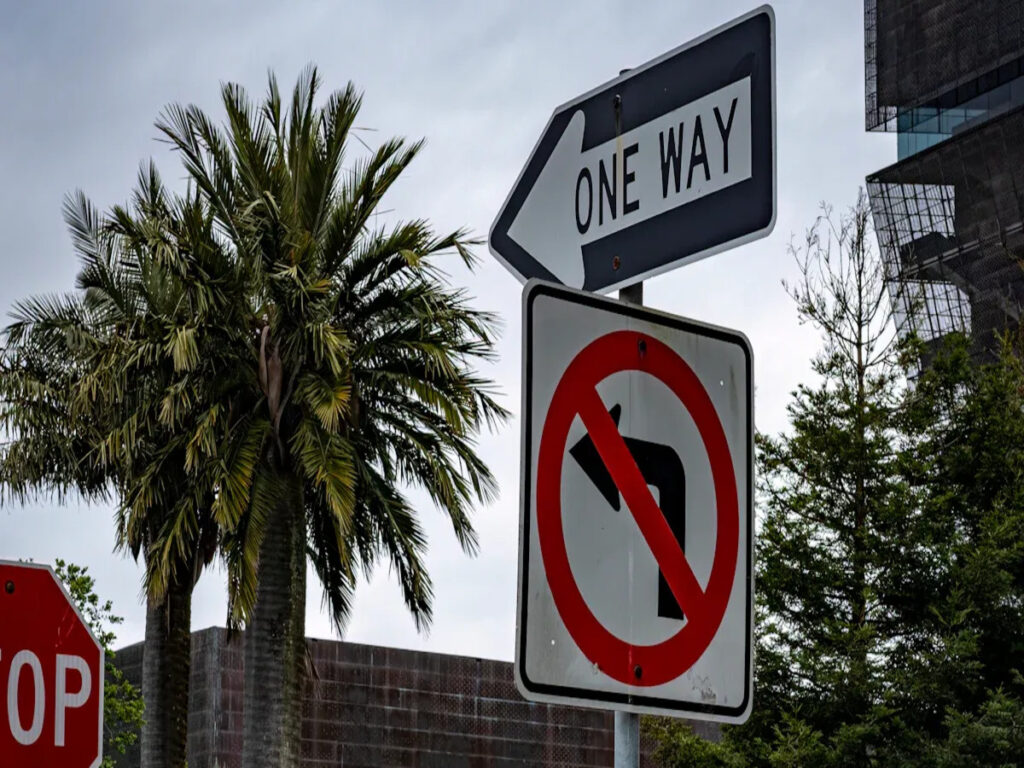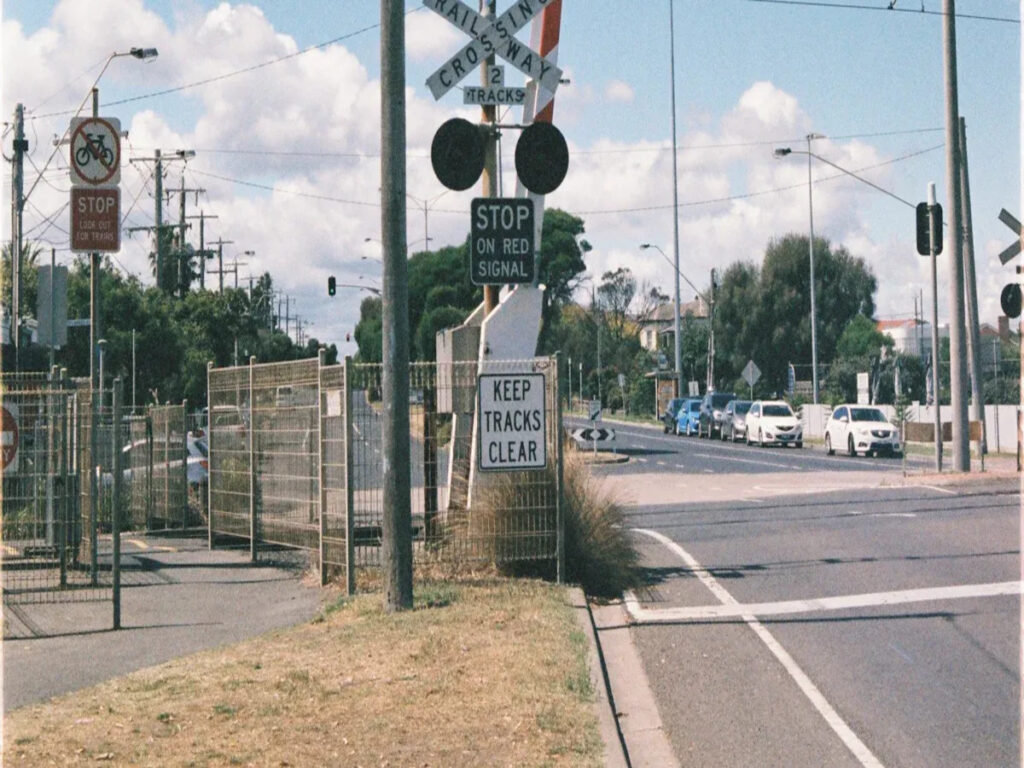
AS 1742.7 gives clear rules for railway crossing signs in Australia. Standardised signs help stop accidents and save lives. In 2014-2015, 45% of deadly rail incidents were train-vehicle crashes. Australia has about 23,500 rail level crossings. 67% of these are passive crossings that only use signs. These crashes cost Australia AUD $24 million each year.
| Statistic Description | Value/Detail |
|---|---|
| Fatal rail incidents from train-vehicle collisions (2014-2015) | 45% |
| Economic cost of RLX crashes in Australia | AUD $24 million/year |
| Proportion of passive rail level crossings | 67% |
| Total number of rail level crossings | 23,500 |
Passive crossings have signs that do not move. Active crossings have warning devices. Both types must follow strict rules to keep people safe. Learn more about how AS 1742 governs railway crossing signage and other traffic control devices in our full guide: Understanding AS 1742: The Foundation of Australian Traffic Sign Regulations.
Types of Railway Crossing Signs
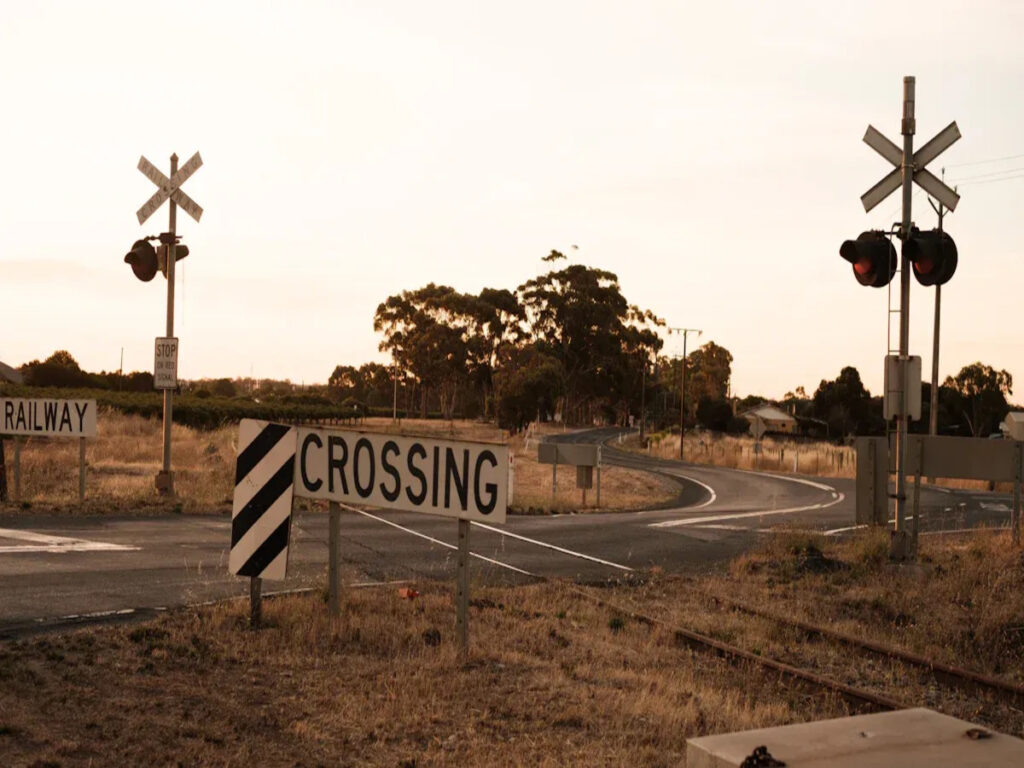
Passive Crossings
Passive crossings use signs only. These crossings do not have moving barriers or flashing lights. Drivers and pedestrians must look for trains themselves. The main signs at passive crossings include:
- Crossbuck signs (white X-shaped signs that say “RAILWAY CROSSING”)
- GIVE WAY signs
- STOP signs
AS 1742.7 states that every passive crossing must have clear and visible railway crossing signs. Some crossings use both a crossbuck and a GIVE WAY sign. Others may use a STOP sign if the crossing is more dangerous. These signs help people know when to stop or give way to trains.
Note: Passive crossings often appear in rural areas or on less busy roads.
Other road signs may also appear near passive crossings. For example, speed limit signs or warning signs with a train symbol can alert drivers before they reach the crossing.
Active Crossings
Active crossings use warning devices that move or light up. These crossings help warn people when a train is coming. The main features at active crossings include:
- Flashing red lights
- Boom gates (barriers that lower when a train approaches)
- Bells or audible alarms
- Crossbuck signs
AS 1742.7 requires that active crossings use both railway crossing signs and electronic warning devices. The flashing lights and boom gates tell drivers and pedestrians to stop and wait. Some crossings also have STOP signs or road markings to make the warning even clearer.
Active crossings often appear on busy roads or where trains travel at high speeds. Other road signs, such as directional arrows or advance warning signs, may also help guide traffic safely.
Sign Design
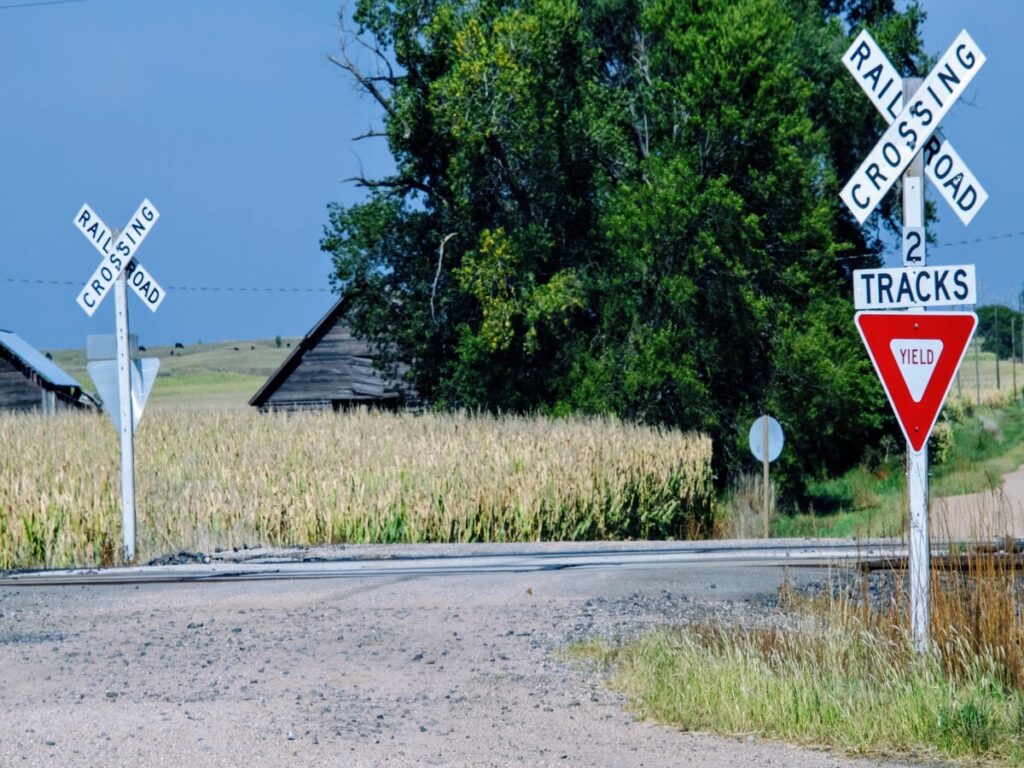
Shape and Size
AS 1742.7 sets clear rules for the shape and size of railway crossing signs. Each sign must have a specific shape so drivers and pedestrians can recognise it quickly. The crossbuck sign, which looks like a white X, marks the place where the railway crosses the road. This sign uses a white background with black letters. The red target board, also called the railway gate sign, uses a square shape. Sizes for this sign include 600×600 mm, 750×750 mm, and 900×900 mm. Warning signs for crossings, such as the W7 series, come in different sizes. These range from 600×275 mm up to 900×900 mm, depending on the type of sign. Pedestrian warning signs, like those that say “LOOK FOR TRAINS,” use sizes such as 300×450 mm or 450×400 mm.
The table below shows the typical sizes and standards for these signs:
| Sign Name | Typical Size (mm) | Reference Standard |
|---|---|---|
| Crossbuck (Diagonal Cross) | Not explicitly sized | AS 1742.7 |
| Red Target Board (Railway Gate Sign) | 600×600, 750×750, 900×900 | AS 1742.7 |
| Railway Crossing Warning Signs (W7) | 600×275 up to 900×900 | AS 1742.7 |
| Pedestrian Warning Signs | 300×450, 450×400 | AS 1742.7 |
AS 1742.7 also requires a clear width for pedestrian crossings. This helps people cross safely and makes sure signs do not block the path.
Tip: Using the correct size and shape helps everyone spot railway crossing signs from a distance.
Colour and Material
Colour plays a big role in making railway crossing signs easy to see. The crossbuck sign uses a white background with black letters. This makes the words stand out. The red target board uses a bright red background. Red is the standard colour for railway crossing position signs and gate signs. This colour warns drivers and pedestrians to stop or be careful.
All letters and symbols on these signs must follow the rules in AS 1744. This keeps the look of the signs the same across Australia. Materials for these signs must last a long time and stay bright in all weather. Most signs use metal with a reflective coating. This helps the signs shine at night when car lights hit them.
Note: Signs that use the right colours and materials help prevent accidents, especially in poor light or bad weather.
AS 1742.7 makes sure every part of the sign, from the colour to the material, meets strict safety standards. This keeps railway crossings safe for everyone.
Wording & Symbols
Required Text
AS 1742.7 sets out clear rules for the words that must appear on railway crossing signs. The most common text includes “RAILWAY CROSSING”, “STOP”, and “GIVE WAY”. Each word serves a special purpose. “RAILWAY CROSSING” tells drivers and pedestrians that a railway line crosses the road ahead. “STOP” means all vehicles and people must come to a complete stop before crossing. “GIVE WAY” tells road users to slow down and check for trains before moving forward.
The standard uses capital letters for all main words. This makes the signs easy to read from a distance. The font and size must match the rules in AS 1744. This keeps the look of the signs the same across Australia. Some signs also use extra words, such as “LOOK FOR TRAINS” at pedestrian crossings. These extra messages help remind people to stay alert.
Tip: Clear and simple wording helps everyone understand what to do at a railway crossing.
Standard Symbols
Symbols play a key role in making railway crossing signs easy to understand. The crossbuck symbol, shaped like a white X, marks the place where the railway meets the road. Warning signs often use a black train icon inside a yellow diamond. This symbol warns drivers and pedestrians that a railway is ahead.
For pedestrian crossings, AS 1742.7 requires illuminated symbols. These symbols show a walking person or a red standing figure. The lights tell people when it is safe or unsafe to cross. All symbols must follow standard designs. This helps everyone, including those who do not read English, understand the signs.
The table below shows some common symbols and their meanings:
| Symbol Type | Meaning |
|---|---|
| Crossbuck (X) | Railway crossing location |
| Train icon | Warning: railway ahead |
| Walking person | Safe to cross (pedestrians) |
| Standing person/red | Do not cross (pedestrians) |
Standardised wording and symbols make railway crossing signs clear and effective for all road users.
Placement & Visibility
Sign Location
Correct placement of railway crossing signs is essential for safety. AS 1742.7 sets out rules for where to put each sign. Signs must stand at a height that drivers and pedestrians can see easily. Most signs sit between 1.5 and 2.5 metres above the ground. This height helps people spot the signs even if other vehicles or objects are nearby.
Signs must face oncoming traffic. The angle of the sign should make it easy to read from a distance. Placing signs too close to the crossing can cause confusion. Signs that stand too far away may not give enough warning. The standard recommends placing signs at a distance that gives drivers time to react and stop safely.
Tip: Always check for trees, poles, or other objects that might block the view of the sign.
Sight distance plays a key role in sign location. The standard does not give a single number for sight distance. Instead, it says that each crossing needs its own calculation. Factors include the type of vehicles using the crossing, the shape of the road, and how fast trains travel. For example:
- A crossing with fast trains needs signs placed further away.
- A crossing with large trucks needs more space for stopping.
- Drivers must have enough time to see the sign, decide, and stop if needed.
The goal is to make sure every driver and pedestrian can see the sign in time to act safely.
Reflectivity Standards
Visibility at night or in poor weather is just as important as during the day. AS 1742.7 requires all railway crossing signs to use materials that reflect light. This helps the traffic signs shine when car headlights hit them.
The standard sets out different classes of retroreflective material. Most railway crossing signs must use Class 1 or Class 1W reflective sheeting. These classes offer high brightness and long-lasting performance. Signs with these materials stay visible in rain, fog, or darkness.
| Reflectivity Class | Description | Typical Use |
|---|---|---|
| Class 1 | High reflectivity | Most railway crossing signs |
| Class 1W | Wide-angle reflectivity | Areas with sharp curves |
Some crossings also use illuminated signs or flashing lights. These features help people see the crossing even if there are no street lights nearby.
Note: Good reflectivity and lighting help prevent accidents at night or in bad weather.
Proper placement and reflectivity also help avoid unsafe queuing. Signs must not cause vehicles to stop on the tracks while waiting for traffic. The layout should give enough space for vehicles to clear the crossing safely.
Compliance & Maintenance
Inspection
Regular inspection keeps railway level crossings safe for everyone. Inspectors check each sign for damage, fading, or missing parts. They also look for signs blocked by trees or other objects. Inspections help find problems before they cause accidents.
Common issues often appear during these checks:
- Many drivers do not stop fully at stop signs. Some slow down but keep moving.
- Some drivers miss the stop sign or choose to ignore it.
- Drivers sometimes think they can see far enough and do not stop, even when the rules say they must.
- People often spend less time looking for trains if they do not stop.
- Stop signs appear only where visibility is poor, but this does not always mean drivers will obey them.
- Driver behaviour changes from person to person. Some follow the rules, while others break them on purpose or by mistake.
Inspectors record their findings and report any problems. Quick repairs or replacements keep the crossing safe.
Note: Inspections must happen often to catch issues early and keep crossings up to standard.
Ongoing Requirements
Maintenance teams must keep all signs clean, bright, and easy to see. They replace faded or damaged signs right away. Teams also trim plants and remove anything that blocks the view. Good records help track when signs were last checked or fixed.
AS 1742.7 changes over time. Councils and rail operators must review their crossings often. They update signs and layouts to match the latest rules. Regular training helps staff stay aware of new standards.
Tip: Keeping up with inspections and updates helps prevent accidents and saves lives.
AS 1742.7 gives rules to keep railway crossings safe. Important features are the right sign shapes, sizes, colours, and where signs go. Following these rules helps stop accidents and meets the law. Safety gets better when councils and rail operators check signs often. They also need to update signs when the rules change.
Checking the standard often helps keep every crossing safe for everyone using the road.
FAQ
What is the main purpose of AS 1742.7 for railway crossings?
AS 1742.7 sets rules for railway crossing signs. These rules help keep drivers and pedestrians safe. The standard makes sure all signs look the same and are easy to see.
How can someone tell if a crossing is passive or active?
A passive crossing has only signs, such as crossbucks or GIVE WAY signs. An active crossing uses flashing lights, boom gates, or bells. Active crossings warn people when a train is coming.
Why do railway crossing signs need to be reflective?
Reflective signs stay visible at night or in bad weather. Car headlights make the signs shine. This helps drivers and pedestrians see the signs and stay safe.
Who checks and maintains railway crossing signs?
Local councils or rail operators inspect and maintain the signs. They check for damage, fading, or blocked views. Quick repairs keep the crossing safe for everyone.

